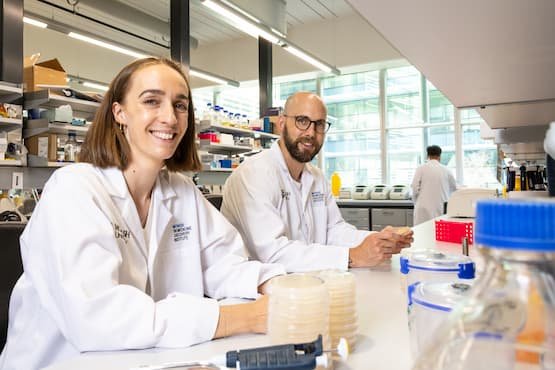Australian scientists have discovered a means to create electricity out of thin air, literally, which is an exciting development in the realm of sustainable energy research.

Monash University in Melbourne, Australia, researchers found a novel bacterial enzyme that converts traces of hydrogen in our environment into energy, a technique that might one day be utilized in fuel cells that power everything from a smartwatch to a car.

Scientist have known for some time that bacteria can use the trace hydrogen in the air as a source of energy to help them grow and survive, including in Antarctic soils, volcanic craters, and the deep ocean. “But they didn’t know how they did this until now.”
The enzyme, known as Huc, was isolated from Mycobacterium smegmati, a common — and incredibly resilient — soil bacterium responsible for producing electricity. According to the study, it was discovered through a series of advanced molecular-mapping techniques. Huc is quite productive. It consumes hydrogen below atmospheric levels — as little as 0.00005 percent of the air we breathe — unlike all other known enzymes and chemical catalysts.

The researchers employed sophisticated imaging techniques to map the bacteria’s internal atomic and electric structures first, resulting in “the most resolved enzyme structure reported by this technology to date,” according to the announcement.
While Huc is unlikely to revolutionize the renewable energy market anytime soon, the researchers claim it is “amazingly stable” and might one day be utilized as a tiny, sustainable, bacteria-powered battery for small gadgets.
Reference- Live Science, Journal Nature, Futurism, Interesting Engineering, Horizon






